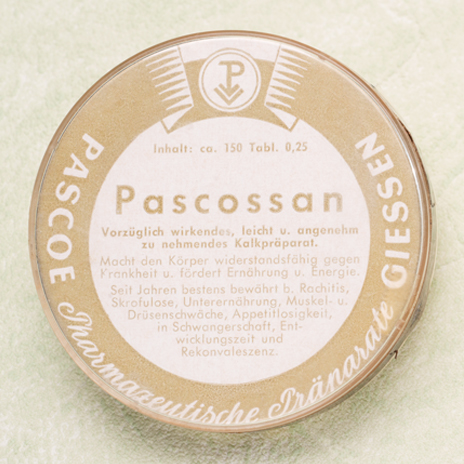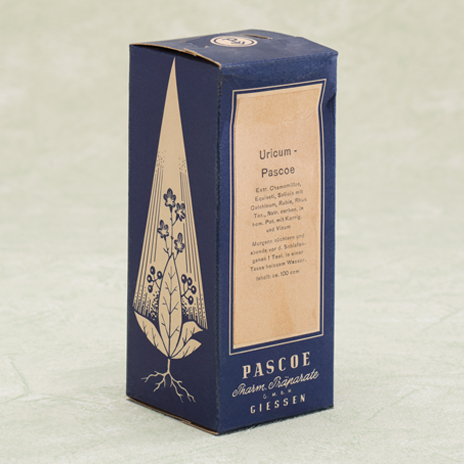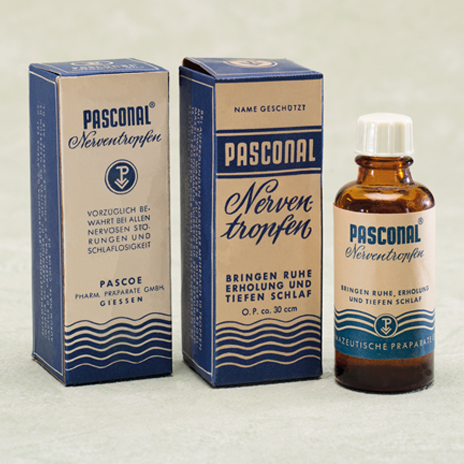Friedrich Pascoe - becomes a specialist in natural medicine
Chapter II: 1918-1930
12. New beginning with tried and trusted means
Friedrich Pascoe experienced the First World War in the Alsace, in Pfastatt near Mülhausen, present-day Mulhouse. The ceasefire agreement in the forest of Compiègne to the north of Paris sealed the military collapse of the German Reich on 11 November 1918. Two days before that, on 9th November 1918, the Social Democrat Philipp Scheidemann had proclaimed the Republic and on 10th November Emperor Wilhelm II had left Berlin. The monarchy had come to an end and Germany had to concede areas in the east and west of the Reich after defeat in the war. The Alsace region also went back to France, which after the Franco-German War 1870/71 had become part of Germany. Amongst jubilant crowds, French troops marched into towns such as Mülhausen.
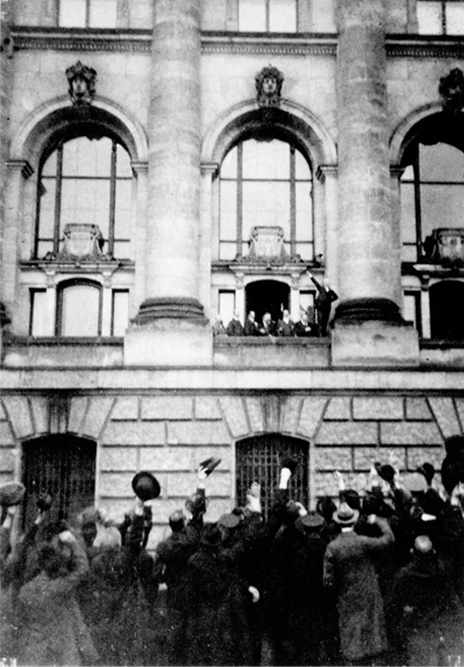
With these portents, the future in the Alsace seemed uncertain to Friedrich Pascoe. He left Pfastatt even before the Landtag state parliament conceded Elsass-Lothringen to France on 6 December 1918. He arrived back in his birth town Gießen as early as 2nd December, after an absence of almost 25 years, evidently determined to continue the manufacturing of pharmaceutical products there. After just a few months, he founded his company Pascoe & Co. for chemical-pharmaceutical products. Production took place at Liebigstrasse 15, the office was situated at nearby Bahnhofstrasse 54.
Friedrich Pascoe concentrated on a few specialities and he had the trademarks legally protected. The product range especially included plant-based liquid remedies: Tussiflorin lauded as particularly easy on the stomach helped against bronchial and lung complaints, Pascolat was haemostatic and Vega could be used against migraine, tinnitus or menstrual complaints. Pascossan developed in 1896 also continued to be part of the range. Initially conceived to strengthen bone formation, Pascoe now recommended it especially for children to treat chronic inflammations of the throat and face, as well as the symptoms of vitamin deficiencies in bone formation. Palatol. As a composition of pure essential oils, it was suitable for internal use against a wide spectrum of complaints: from stomach, intestinal and gall bladder complaints to flue, inflammations and rheumatism. Pascoe also had remedies for nervous complaints in his product range, for example the calming Pasconal.
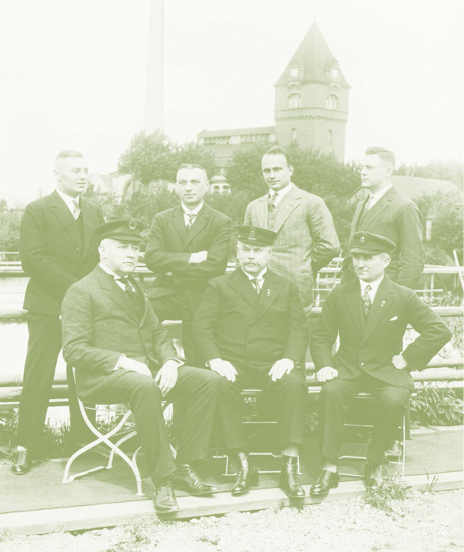
13. A public limited company for remedies and liqueurs
Plant-based remedies formed the core of the business, but Friedrich Pascoe wanted to offer his customers more. The company name Pascoe & Co. indicated a companion, or was one still being sought? When the company became the capital company Pascoe & Duschl GmbH (LLC) at the beginning of the 1920s, the businessman Gottfried Duschl from Bad Nauheim became part of it, in any case. In June 1923 he was also among the founders of the Pascoe AG factory for chemical-pharmaceutical products, which took over the actives and passives of Pascoe & Duschl GmbH and produced liqueurs alongside pharmaceutical articles. This extension made sense: a distilling and bottle-washing facility, a fruit mill and a corking machine that Pascoe needed for the medicines were also suitable for manufacturing liqueurs.
While Gottfried Duschl and Friedrich Pascoe formed the executive board of the LLC, additional founding members such as the bank director Fritz Muntinger, the businessman Matthäus Selzer and Friedrich’s younger brother, the engineer August Pascoe from Wetzlar, contributed money and expertise. The advisory board included Friedrich Pascoe’s brother-in-law, the counsel Dr. Wilhelm Grünewald, his son-in-law, the lawyer Dr. Hansjörg Kohlbecher from Saarbrücken, as well as the doctor Dr. Albert Pflug from Neustadt a. d. Haardt and the industrialist Christian Adalbert Kupferberg, whose grandfather had founded the well-known champagne factory by the same name in Mainz. Friedrich Pascoe made use of family relations, brought together a wide range of expertise from lawyers to doctors and evidently found financially strong investors.
Despite his long absence, he soon made social connections once again in his hometown of Gießen. In 1923, he was among the founders of the Gießen swimming club and for a few years he was the chairman. The successes of his son Fritz as a water polo player and breaststroke swimmer are legendary. Fritz Pascoe was the vice-European champion in breaststroke and according to his family was even nominated for participation in the Olympic Games in 1928 in Amsterdam.
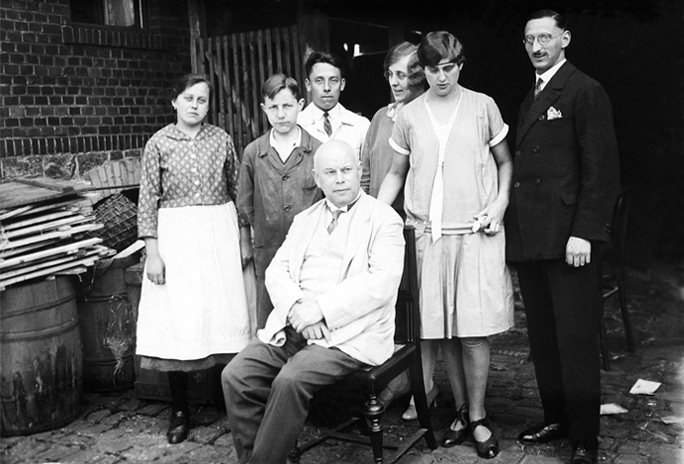
14. Through economic turbulence
His personal circumstances appeared favourable when Friedrich Pascoe started liqueur production on 1923, but the economy was going increasingly awry. The biggest problem was the initially insidious but then flagrant inflation. When Pascoe AG was founded in June 1923, a US dollar already cost 110,000 marks. The basic capital of 100 million marks was already absurdly high for the small company. The hyperinflation reached its peak in November 1923, when 4.2 billion marks had to be paid for a US dollar. It was only with the currency reform in November 1923 and the introduction of the Reichsmark in August 1924 that the economic situation gradually stabilised.
Pascoe AG relocated its headquarters to Burggraben 9 and produced fine and fruit liqueurs, cherry brandy, brandies and spirits, as well as stocking Burgundy, southern wines, vanillin sugar and baking powder. Many pharmacists offered vanillin and baking powder as side products in their range, especially as their professional colleague Dr. Oetker had become one of the most successful German entrepreneurs at the end of the 19th century with similar baking mixes. The liqueur factory of Friedrich Pascoe faced increasing losses in the years 1924 and 1925, however, and ultimately failed. The company had to declare bankruptcy on 17 February 1926. The property and site of the company at Burggraben 9 were sold in June to the Catholic Student Association Hasso-Rhenania.
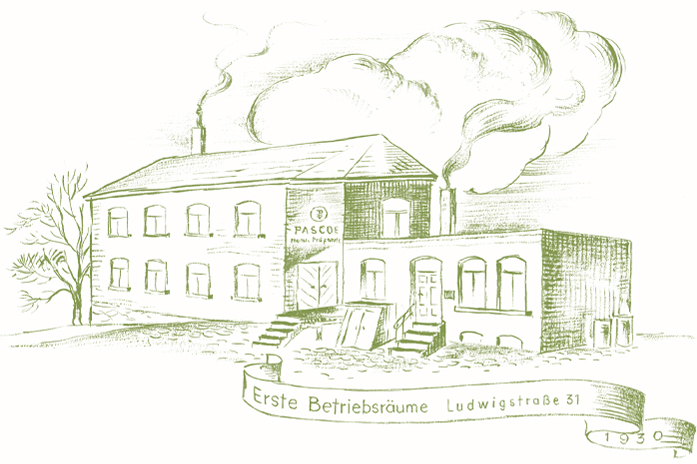
15. The crisis in medicine as an opportunity
Friedrich Pascoe, now almost 60 years old, was once again facing ruin just eight years after his return to Gießen, but he did not allow the failure to bring him down. The pharmacist attentively observed current trends in medicine and saw opportunities once again pick up his pre-war production of healing plant remedies. He had his finger on the pulse with this, because since the middle of the 1920s there had been increasing talk in Germany of a crisis in medicine.
Modern traditional medicine was achieving undisputed success with serum therapy against diphtheria and tetanus, as well as with the antibacterial salvarsan treatment for syphilis, but was still a target of criticism. Sometimes newly developed medicines did not work as hope, often there were undesirable side effects. Scientific medicine was too “mechanistic”, critics demurred, doctors too. Since the discoveries by Rudolf Virchow (1821-1902), who had revolutionised medicine with cellular pathology, doctors were focusing in particular on individual organs to understand the development of diseases. However, the “wholeness” of a human being was not given sufficient attention, according to the Heidelberg internist Ludolf von Krehl (1861-1937).
He advocated viewing the patient as a “subjective personality” and also allowing the “irrational sides of life” in medicine. The crisis in medicine evolved into medicine in motion that refuted a purely scientific approach. This opened the door to new medical treatments such as homeopathy, biochemistry and spagyrics. These responded to the widespread demand for natural remedies. For Friedrich Pascoe, who had already been involved in natural medicine in Hamburg, this trend afforded whole new perspectives. In 1927 he opened a company for the manufacturing of pharmaceutical products at Ludwigstraße 31 in Gießen and went on to produce homeopathic remedies. «… the digestive tea you sent to me recently is excellent.» F. L. 1905
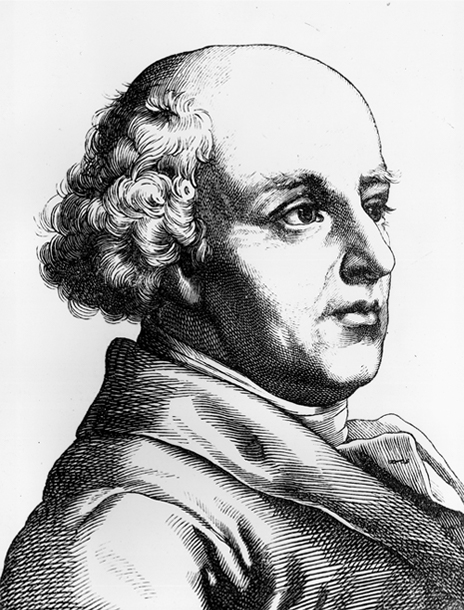
16. Samuel Hahnemann: founder of homeopathy
Up until today, Samuel Hahnemann is one of the best-known German doctors worldwide. Born in 1755 as the son of a porcelain painter in Meißen, he studied medicine from 1775 to 1777 in Leipzig and Vienna. Following dissatisfaction with the treatment methods of his time, he developed the central principles of his medical approach: the similarity rule for the selection of medicine, potentisation in the manufacturing of medicines and medicine testing, which he had established himself in 1790 with the famous china-bark experiment for the treatment of malaria. In 1810, Hahnemann published his health teaching in “Organon of Rational Healing”, which up until today is the “Bible of Homeopathy”.
In 1821, Samuel Hahnemann moved from Leipzig to Köthen to work as the personal physician of Duke Ferdinand of Anhalt-Köthen. Here he was granted the right to manufacture and dispense medicines, which had previously always been accorded exclusively to pharmacists. After his second marriage in 1835 to the French painter and poet Mélanie d’Hervilly -Gohier (1800 -1878), he moved to Paris and opened a homeopathic practice there with his wife. His patients included the violin virtuoso Niccolò Paganini and James de Rothschild, the leading banker in France. Samuel Hahnemann died in 1843 at the age of 88 years and was buried at the Montparnasse cemetery. In 1898 he was transferred to the Paris celebrity cemetery Père Lachaise.
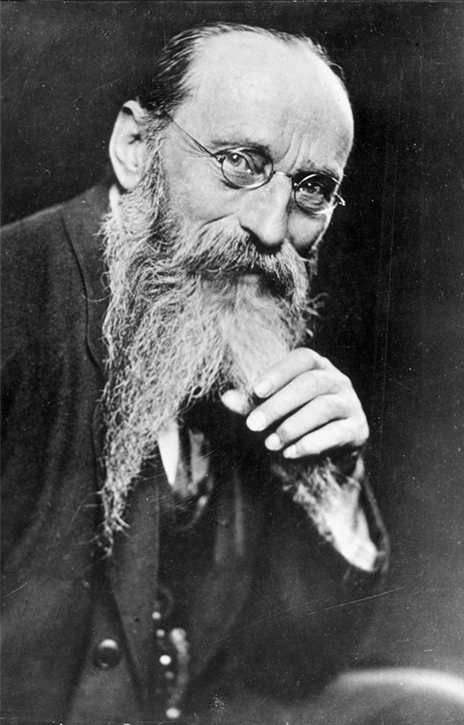
17. “Mud pastor” Emanuel Felke: pioneer of complex homeopathy
Emanuel Felke (1856 -1926) took over a parish in Wuppertal in 1887 after his theology studies. Familiar with homeopathy from his parental home, he successfully used a homeopathic remedy against diphtheria within his community in 1890. His reputation as a healer followed him to Repelen near Moers in the Lower Rhine region, where he commenced a pastorate in 1894. His followers founded a homeopathy association here in 1896, which in 1898 built its own sanatorium according to the model of the “mud doctor” Adolf Just. In his treatments, Felke combined water therapies, light and air huts with a special diet. As he used mud baths, mud packs and mud wraps so frequently, he was given the nickname “mud pastor”.
In 1912 he gave up the pastorate and after than practiced exclusively as a healer. His preferred method of diagnosis was the iridology developed by the Hungarian doctor Ignaz von Péczely (1826 -1911). His followers founded Felke societies and propagated his health programme through numerous publications. Felke’s healing concept also gained renown transregionally through court proceedings against him in 1909 due to quackery. Despite this, his healing work was of great importance for the growing popularity of natural medicine therapies, complex homeopathy and iridodiagnosis.
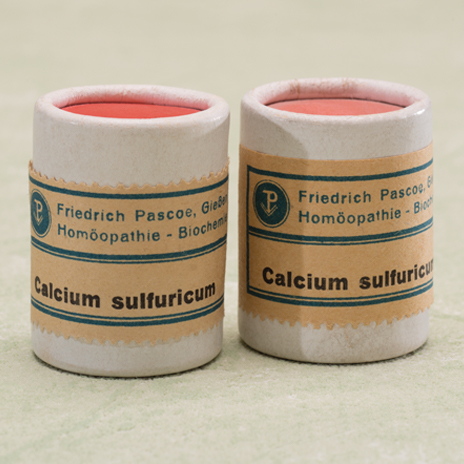
18. From Hahnemann’s similarity principle to complex homeopathy
The homeopathy founded by Samuel Hahnemann around 1800 was already an established orientation in healthcare in the late 1920s. According to Hahnemann, an illness was not a disorder of individual organs but a disorder of life force, which could be eliminated with the help of a suitable homeopathic treatment. Hahnemann pursued the similarity principle in this: similia similubus curantur, heal the similar with something similar. In line with this, a patient could be healed with a remedy that caused similar illness symptoms in a healthy person.
The rules for the manufacturing of homeopathic remedies had been set out by Hahnemann himself: the liquid or powdered substances extracted from plant, animal or mineral raw materials were thinned through succussion or trituration. He called this process potentisation, because in his opinion the remedy worked less through its material properties and more through a spiritual power, a dynamic: the more it was thinned, the greater the effect of the remedy.
At the end of the 19th century, some homeopathic pharmacists commenced industrial production. They sold so-called home pharmacies, thereby supporting self-medication, as well as propagating homeopathic teaching with an array of publications. In the Weimar Republic, trends such as homeopathy and natural medicine were ever more popular as part of the life reform movement and were also increasingly accepted by science; not least due to the discussions about a crisis in medicine. In 1928, the homeopathic practitioner Ernst Bastanier (1870-1953) was awarded a professorship at the Berlin Friedrich-Wilhelms University.
Even so, Friedrich Pascoe was entertaining a risk with the decision to manufacture homeopathic remedies. After all, the upsurge in alternative remedies could quickly come to an end and competition was fierce. Furthermore, Pascoe was counting on complex homeopathic remedies that were disputed even among homeopaths.
Complex homeopathy has its origins in Italy, where the healer and cleric Gaudenzo Soleri from Turin developed 26 standardised remedy complexes in the mid-19th century. His nephew, the doctor Giuseppe Belotti, perfected this system and called in complex homeopathy. For him, the following principle applied: complexa complexis curantur, heal the complex with the complex. The Swiss pastor G. Clerc took over Belotti’s teaching and had complex substances manufactured at the Homeopathic Dispensatorium, a non-profit institution in Moteur-Travers. On the basis of these, the pastor Emanuel Felke from Repelen also developed complex homeopathic substances, under whose influence Friedrich Pascoe turned to complex homeopathy.
Friedrich Pascoe had got to know the popular and transregionally renowned “mud pastor” Felke during his time at the Adler pharmacy in Mülheim. Felke was an advocate of raw vegetarian food, light and air baths, gymnastics, water and mud treatments. He determined an illness with the help of eye diagnosis, according to which all illness processes can be identified through changes to the iris, and prescribed complex homeopathic remedies for the treatment of chronic diseases, based on the example of the Swiss pastor G. A. Clerc.
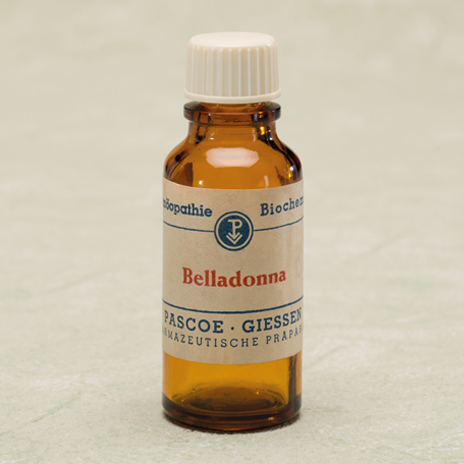
19. Finger on the pulse: biochemistry, alchemy, Schuessler tissue salts and spagyrics
Friedrich Pascoe rounded off his range of remedies with further products that gained popularity in the 1920s and started to become involved with spagyric methods and remedies. By now there were around 800 voluntary healers who had become protagonists of the “biochemistry” of the Oldenburg doctor Wilhelm Heinrich Schüssler (1821 - 1898). The Biochemical Association of Germany had around 185,000 members in 1928, having been founded around 1890 by followers of the Schüssler theory. Schüssler regarded illness as disorders of the human mineral balance. The supply of inorganic substances was to balance the lack of vital minerals. As a homeopathic preparation, he administered twelve inorganic salts as remedies, including sodium chloride, silicic acid and fluorite. The palette of functions that was extended by one of his followers by nine supplements was suitable for self-medication.
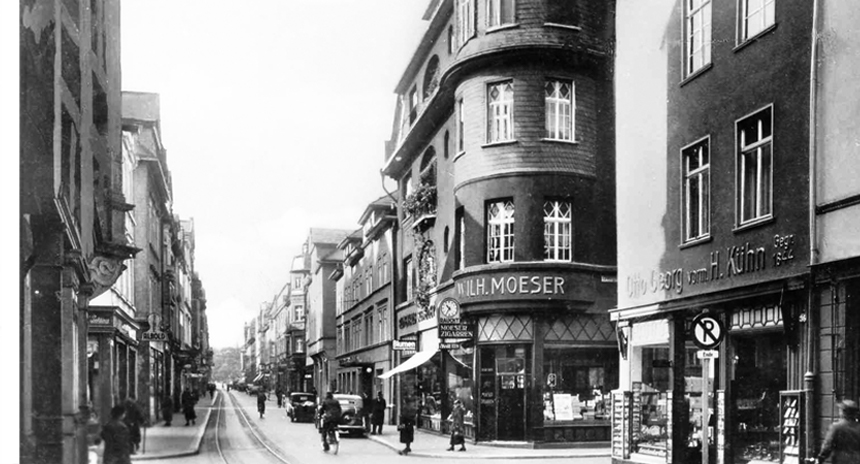
A special form of spagyrics also drew increased attention in the 1920s. It was based on a healing system developed by the Italian officer and politician Cesare Mattei (1809-1896) around 1850, called electrohomeopathy. According to this, all illnesses resulted from instabilities of lymph and blood. For treatment, Mattei developed remedies from plants, extracting their herbal electricity. However, he kept the components and the preparation of his plant-based remedies secret. It was presumably a fermentation and distillation process in which mineral salts and metaphysical forces played a significant role. This alchemistic manufacturing process bears the name spagyric in the medicinal sector. Theodor Krauß (1864 - 1924), a follower of Mattei, brought the spagyric tinctures to Germany, where they were sold by the Regensburg pharmacist Johannes Sonntag (1863 - 1945).
Although homeopathic doctors criticised electrohomeopathy as “objectionable mumbo-jumbo”, as the manufacturing of the remedies did not observe basic homeopathic principles such as potentisation, testing on healthy persons and the similarity rule, Friedrich Pascoe also had spagyric remedies in his product range from the late 1920s, alongside biochemical and complex homeopathic products. With these three very different therapy movements refuted by traditional medicine and partly disputed in homeopathy, the Gießen pharmacist propagated variety in medical treatment. He saw the opportunity to establish a successful profile with these alternative remedies in a niche segment, compared to products from the chemical-pharmaceutical corporations. The company was just gaining momentum again with the new product range when Friedrich Pascoe died on 23rd February 1930 at the age of 63 years.

